Article from Arno Werkzeuge
When Suttner GmbH adopted a growth strategy 15 years ago, the company decided to significantly increase the manufacturing depth. Priority was to be focused on parts with complex designs and high added value. The executive management brought Arno Werkzeuge on board as their partner and facilitator to also increase productivity. This success story has brought about manufacturing competences and products that were inconceivable in the past. At the same time, it is an effective solution to the lack of skilled workers.
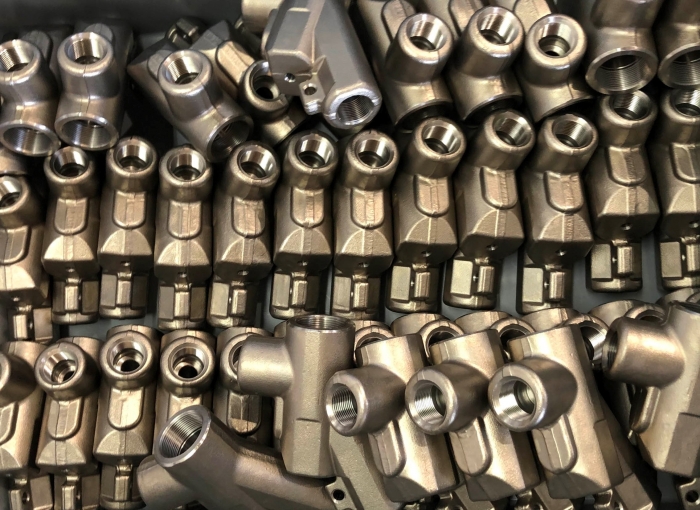
Valve bodies made of forged stainless steel for professional high-pressure cleaners, for example for overnight cleaning work in meat factories.
“Today, we manufacture parts which were inconceivable in the past,” says Steffen Zunkel, head of R&D at Suttner GmbH, Leopoldshöhe, Germany.
“And we even manage this on only one machine that has a maximum of two clamps and, in many cases, in less than half the time,” adds Andreas Rempel, head of the nanufacturing division. Today, complex parts are produced with a high level of automation at the company which is a member of the R+M de Wit Group. These parts include injectors for high-pressure cleaners to dose and add media.
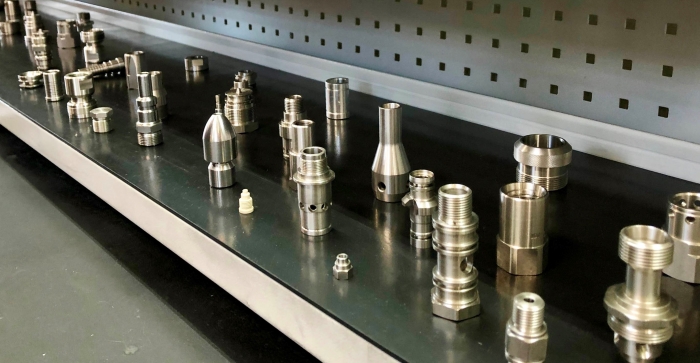
Results of the growth strategy: Suttner manufactures complex parts almost completely in-house with a great deal of know-how and high added value.
Turnaround from contract manufacturer for simple parts to solution provider of complex products
Things were different before. In the past, the company regarded itself as a contract manufacturer and preferred to outsource complex parts. Today, it’s the other way around. Suttner now manufactures complex parts almost completely in-house with a great deal of know-how and high added value. As a result, simpler parts are outsourced depending on in-house machine capacity. This has also resulted in a change in corporate perception, as Sales Director Rahman Tokalak affirms: “Today, we are a solution provider for complex components, mainly in the field of professional high-pressure cleaners. Every high-pressure cleaner probably contains some component or other that we manufactured.”
Since 2004, Thomas Bach has paved the way for Arno Werkzeuge to facilitate the way towards this situation and in 2007, Frank Deisler joined the team as on-site tool consultant. Together with development, production and sales at Suttner, the team implemented the growth strategy to achieve a sustainably functioning production system. This took numerous discussions and situations based on trust and with no hierarchical barriers. The focus was placed on product and process optimization, as well as increasing productivity and the level of automation.
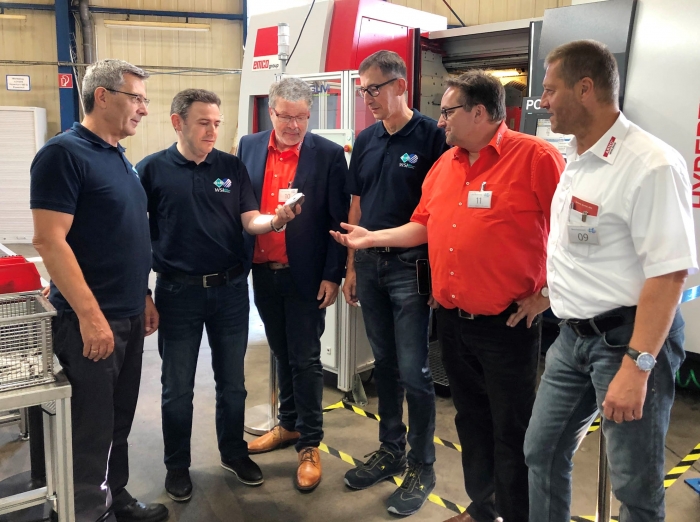
Together with the machine manufacturer and in close collaboration with Design, Manufacturing and Sales at Suttner, ARNO Werkzeuge came up with concepts to optimise component production. From left to right: Andreas Rempel, Rahman Tokalak (both from Suttner), Klaus-Dieter Krüger (Arno), Steffen Zunkel (Suttner), Thomas Bach, Frank Deisler (both from Arno).
How can a tool manufacturer be a facilitator?
Many may ask the question what contribution a tool manufacturer can make apart from supplying tools. Arno Sales Director Klaus-Dieter Krüger was expecting this question and replies: “We also consider ourselves to be a solution provider since we understand the customer’s manufacturing process and know how to possibly optimise it by selecting the right tools.”
That is exactly what the experts at Suttner were looking for. “I can browse through tool catalogs myself and order products from any provider,” says Rempel, “but if someone tells us how we can become faster and better by using the right tools, perhaps even in modified manufacturing processes – that’s what we were looking for and what we appreciate right from the very start.”
This is how the Arno team contributed to a substantial increase in competence that has raised Suttner’s competitiveness. It was achieved by a generous transfer of know-how – which is nothing unusual for Thomas Bach. “We encounter so many manufacturing situations. It’s only logical that we share this wealth of experience – without revealing any secrets.” Krüger supports him on this point. “This obviously requires a competent team located close to the customer.” That’s exactly what ARNO has since every specialist adviser comes from the trade. Many are application engineers like Thomas Bach. He has gained great respect and trust from Suttner for many years.
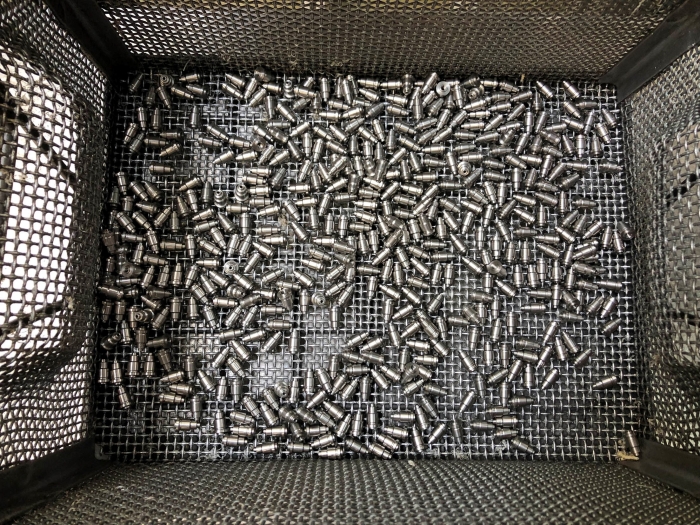
The executive management brought Arno Werkzeuge on board as their partner and facilitator to also increase productivity.
Detailed machining plans support manufacturing to optimise productivity
What does this mean in essence? Ultimately, turning and metalcutting are all about productivity, for example in the production of injectors. At Suttner, injectors are the core product – you could almost say a “blockbuster.” Injectors consist of three basic bodies containing a total of about 30 components. For example, they include an internal Venturi nozzle and spindle as well as connections with non-return valves. The base bodies also have connection bores and threads, valve seats, oblong holes and overflows. It is a special challenge for machines and tools to produce them since the internal radii are located at places that are difficult to access. The products are required to be resistant to chemicals and this defines the material – in some cases forged stainless steel which is difficult to machine. Many components are FDA compliant so that the high-pressure cleaners can be used in the food industry, such as in meat factories, although they do not come into direct contact with foodstuffs.
Together with the machine manufacturer and in close collaboration with design, manufacturing and sales at Suttner, Bach came up with concepts to optimize component production. “From all these inputs, we derive machining proposals which we work out in every detail, exactly describing every operation and parameter,” says Bach. The table lists each of the processes, such as rough facing, finish machining, parting off, drilling or thread milling, as well as the matching tools to execute each machining step. Then the parameters are listed, such as cutting depth, cutting speed, rotational speed, feed with distance and time. In the end, the complete machining operation is described including process times and non-productive times.
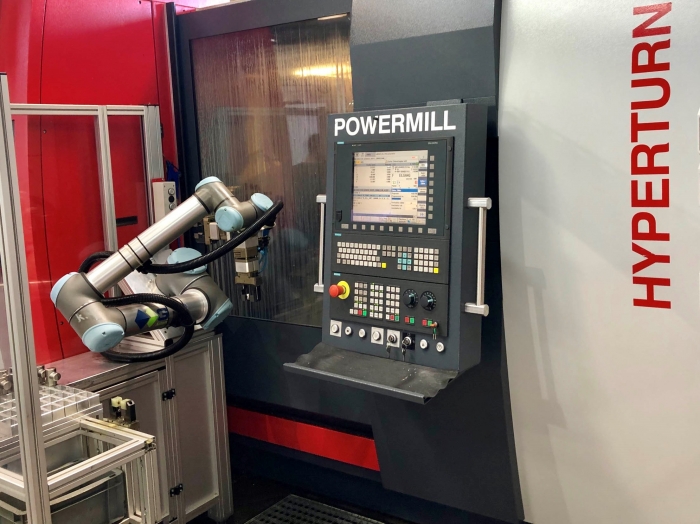
In the past, the valve body was produced on four machines using just as many clamps. Today, a machining center comprising main and counter spindles produces the workpiece in two clamps in a fraction of the time. The entire process is fully automated thanks to the loading robot.
Top priority given to process automation
The results are convincing. The machining time for the middle section of an injector now takes under six minutes whereas before it needed 11 minutes. “And with a new holder we even managed to reduce this time to four and a half minutes,” mentions Bach, not without a certain pride. The result was even more drastic for the valve body made of forged stainless steel. The part is located in the handles of high-pressure guns. In the past, they were produced on four machines using just as many clamps. Today, multitask machines produce the workpieces in two clamps in a fraction of the time. The machines comprise a main spindle, counter spindle, milling spindle and tool turret. The entire process is now fully automated since a loading robot assumes the task of fitting, re-clamping from the first to the second clamp and removal.
Just as it should be when automation assumes a higher overriding principle. Any visitor to the production bay at the company is surprised to find so few operators looking after 16 machines. Rempel explains: “We manage to keep the machines running with three to four operators.”
“This is a pretty impressive figure and we achieved it by working out precise concepts,” stresses Bach.
It should be pointed out that personnel deployment does not necessarily come at the expense of cost efficiency since “we too are experiencing increasing difficulties finding the right skilled workers,” explains Rempel.
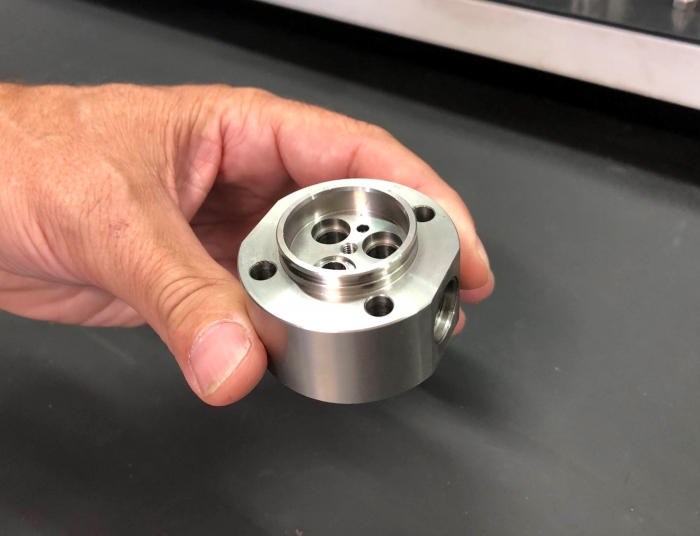
The injectors, which Suttner produces with the support of Arno Werkzeuge, consist of three parts containing a total of about 30 components.
Additional benefits versus conventional purchasing optimization
The close long-standing partnership between Suttner and Arno Werkzeuge is a wonderful example of how increased productivity comes from mutual trust and task-oriented collaboration. In addition, the significant growth in Suttner’s competences has boosted the company’s position in the competitive field. This would have been difficult to achieve by optimizing conventional purchasing structures and focusing on prices alone. It also confirms the philosophy practiced by Arno Werkzeuge to share knowledge and competence as additional benefits for the customer. The fact that this is backed by first-class tools brings a satisfied smile to faces on both sides.
Related Glossary Terms
- cutting speed
cutting speed
Tangential velocity on the surface of the tool or workpiece at the cutting interface. The formula for cutting speed (sfm) is tool diameter 5 0.26 5 spindle speed (rpm). The formula for feed per tooth (fpt) is table feed (ipm)/number of flutes/spindle speed (rpm). The formula for spindle speed (rpm) is cutting speed (sfm) 5 3.82/tool diameter. The formula for table feed (ipm) is feed per tooth (ftp) 5 number of tool flutes 5 spindle speed (rpm).
- feed
feed
Rate of change of position of the tool as a whole, relative to the workpiece while cutting.
- gang cutting ( milling)
gang cutting ( milling)
Machining with several cutters mounted on a single arbor, generally for simultaneous cutting.
- machining center
machining center
CNC machine tool capable of drilling, reaming, tapping, milling and boring. Normally comes with an automatic toolchanger. See automatic toolchanger.
- metalcutting ( material cutting)
metalcutting ( material cutting)
Any machining process used to part metal or other material or give a workpiece a new configuration. Conventionally applies to machining operations in which a cutting tool mechanically removes material in the form of chips; applies to any process in which metal or material is removed to create new shapes. See metalforming.
- milling
milling
Machining operation in which metal or other material is removed by applying power to a rotating cutter. In vertical milling, the cutting tool is mounted vertically on the spindle. In horizontal milling, the cutting tool is mounted horizontally, either directly on the spindle or on an arbor. Horizontal milling is further broken down into conventional milling, where the cutter rotates opposite the direction of feed, or “up” into the workpiece; and climb milling, where the cutter rotates in the direction of feed, or “down” into the workpiece. Milling operations include plane or surface milling, endmilling, facemilling, angle milling, form milling and profiling.
- parting
parting
When used in lathe or screw-machine operations, this process separates a completed part from chuck-held or collet-fed stock by means of a very narrow, flat-end cutting, or parting, tool.
- turning
turning
Workpiece is held in a chuck, mounted on a face plate or secured between centers and rotated while a cutting tool, normally a single-point tool, is fed into it along its periphery or across its end or face. Takes the form of straight turning (cutting along the periphery of the workpiece); taper turning (creating a taper); step turning (turning different-size diameters on the same work); chamfering (beveling an edge or shoulder); facing (cutting on an end); turning threads (usually external but can be internal); roughing (high-volume metal removal); and finishing (final light cuts). Performed on lathes, turning centers, chucking machines, automatic screw machines and similar machines.
